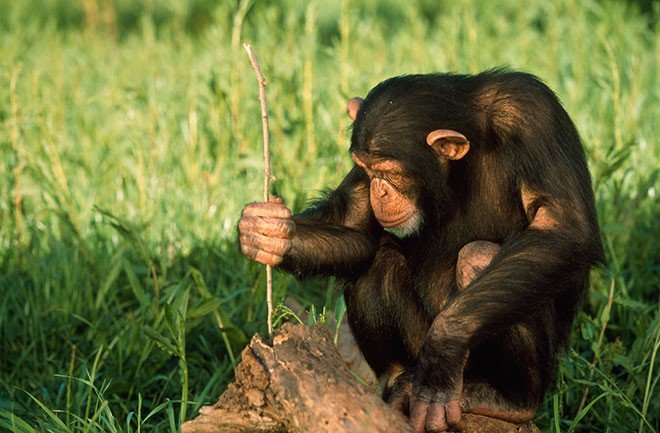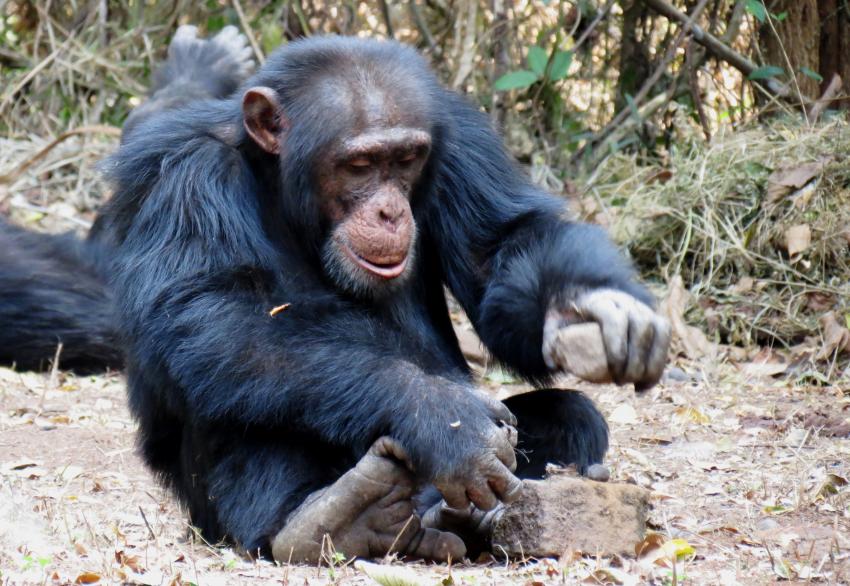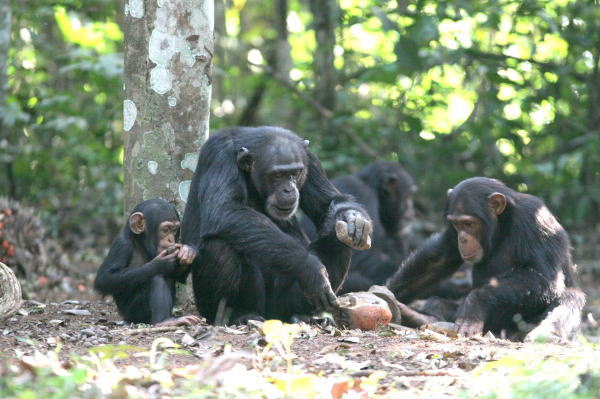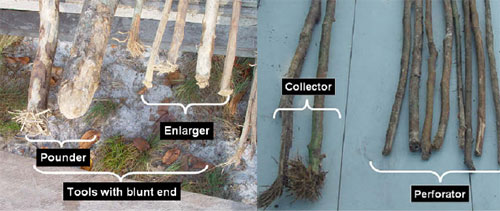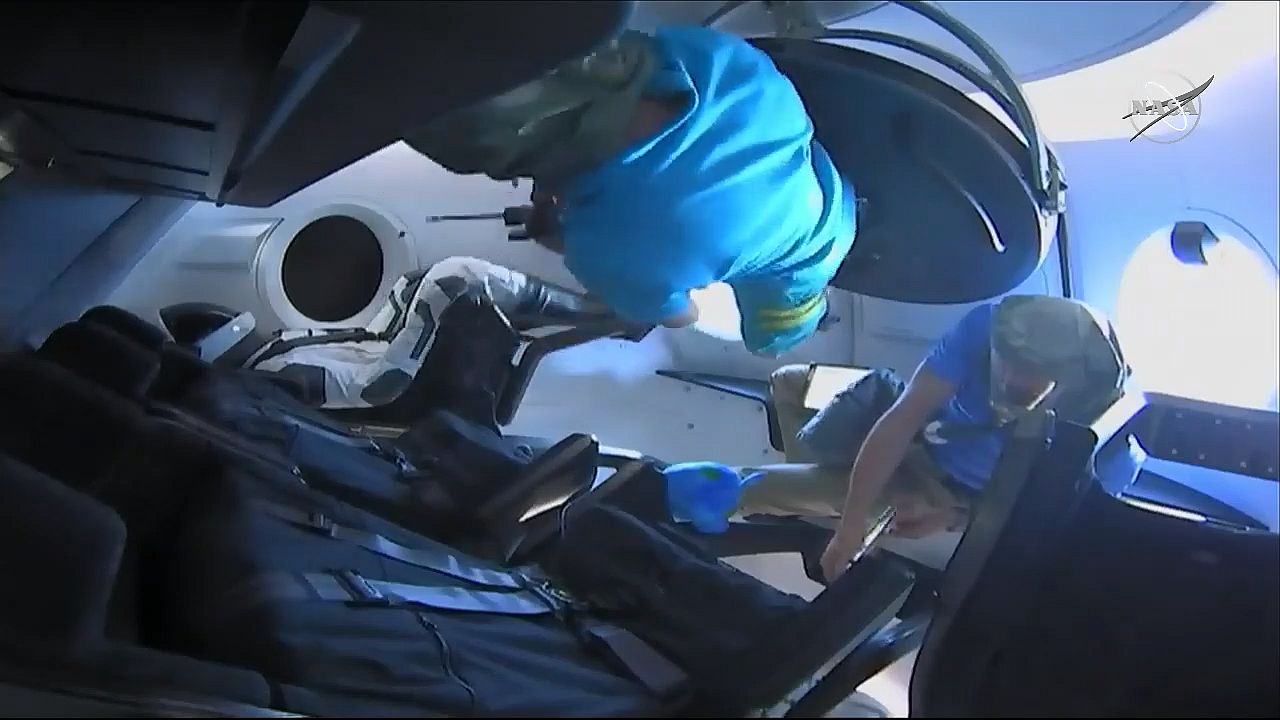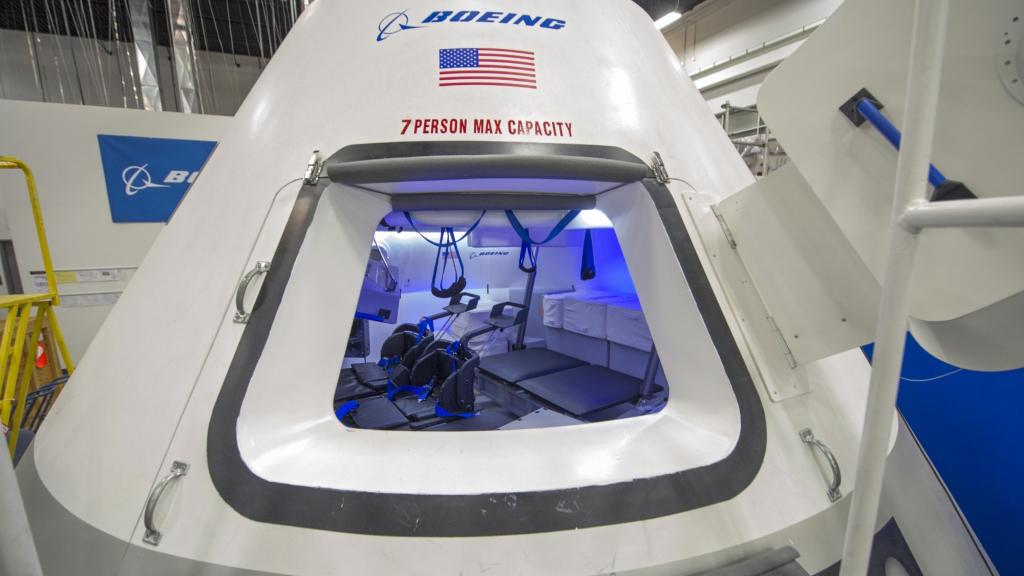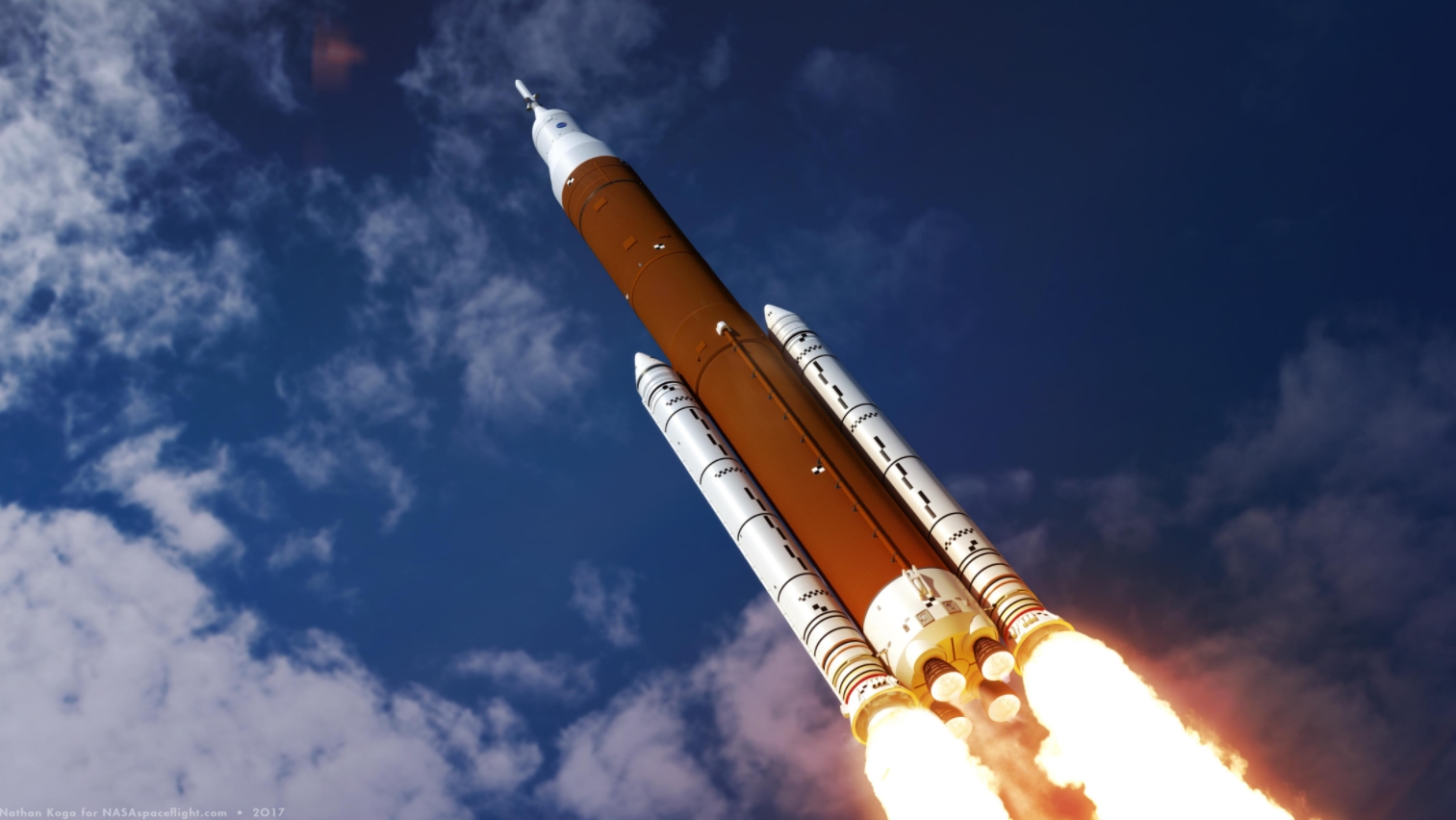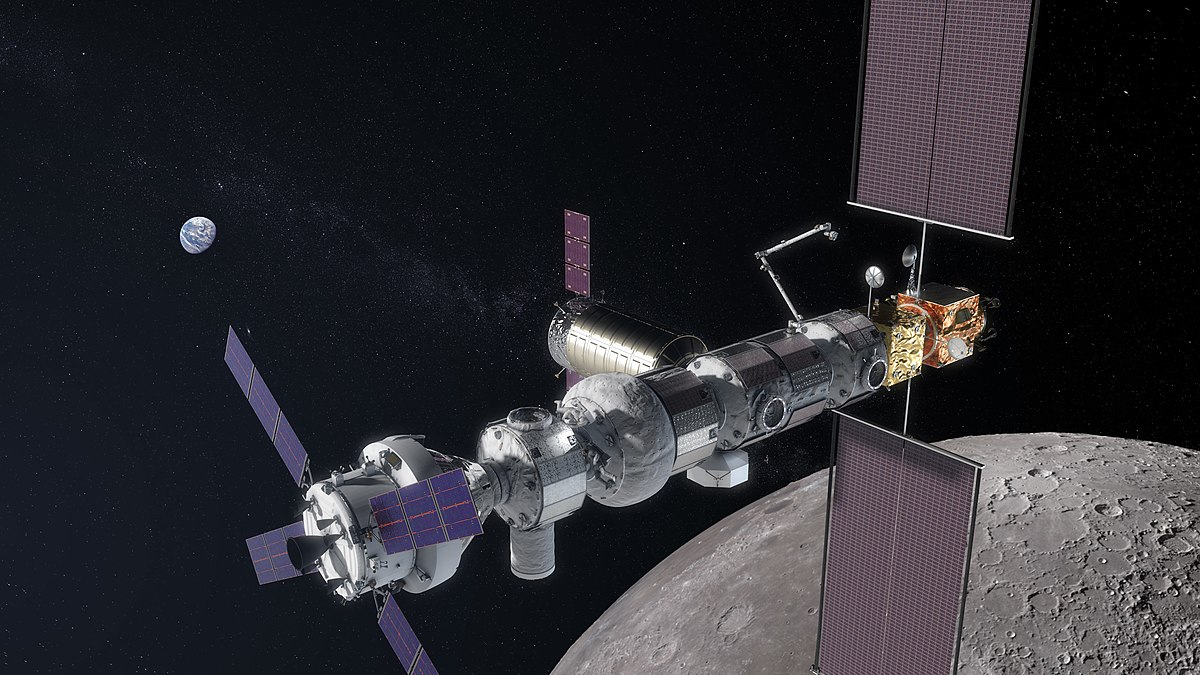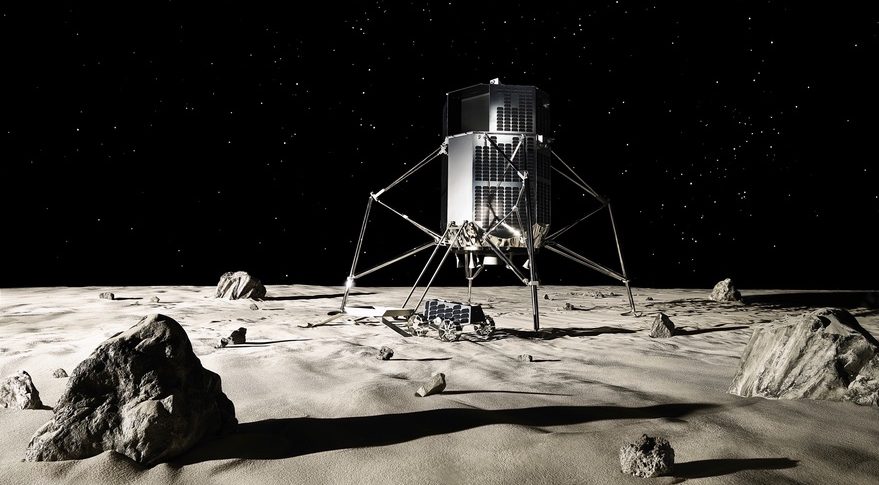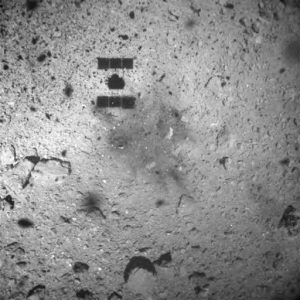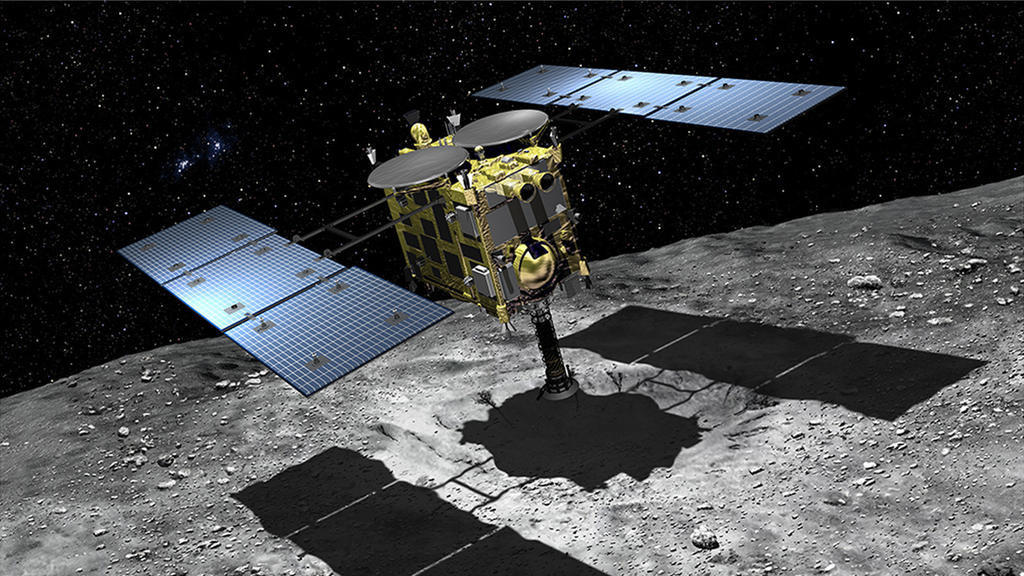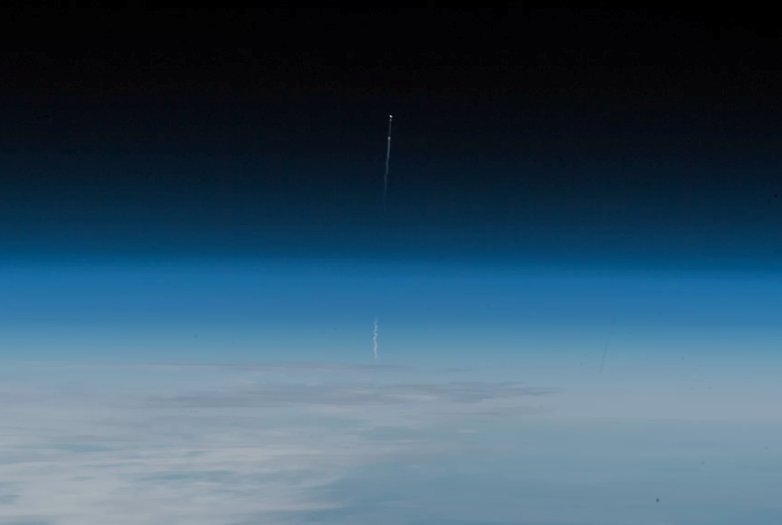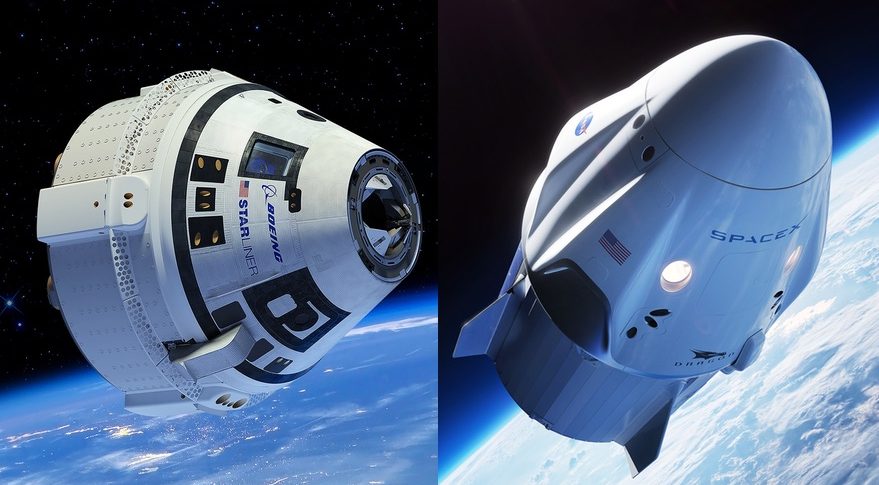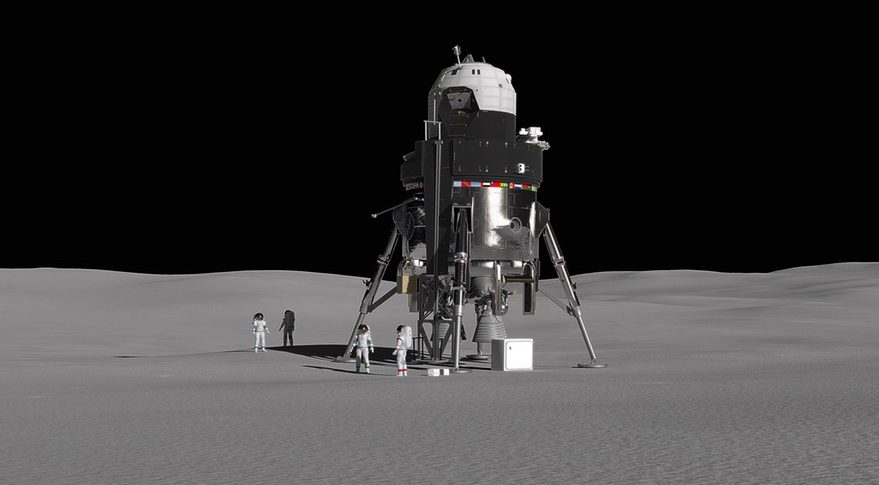There have been a lot of things happening in the exploration of space lately, some of it’s been hopeful, some not so much. Both manned and robotic space missions are concerned and with so many stories to cover let’s get to it.
Perhaps the best news concerns the successful test of the Orion manned capsule’s launch abort escape system that NASA conducted on the 2nd of July. The entire test went perfectly with a small booster rocket taking the unmanned Orion capsule to approximately 10,000 m, see image below of takeoff. This altitude was chosen for the test because on an actual flight using NASA’s Space Launch System (SLS) as the launch vehicle 10,000 m will represent the time of ‘max-Q’ or maximum pressure due to air resistance.
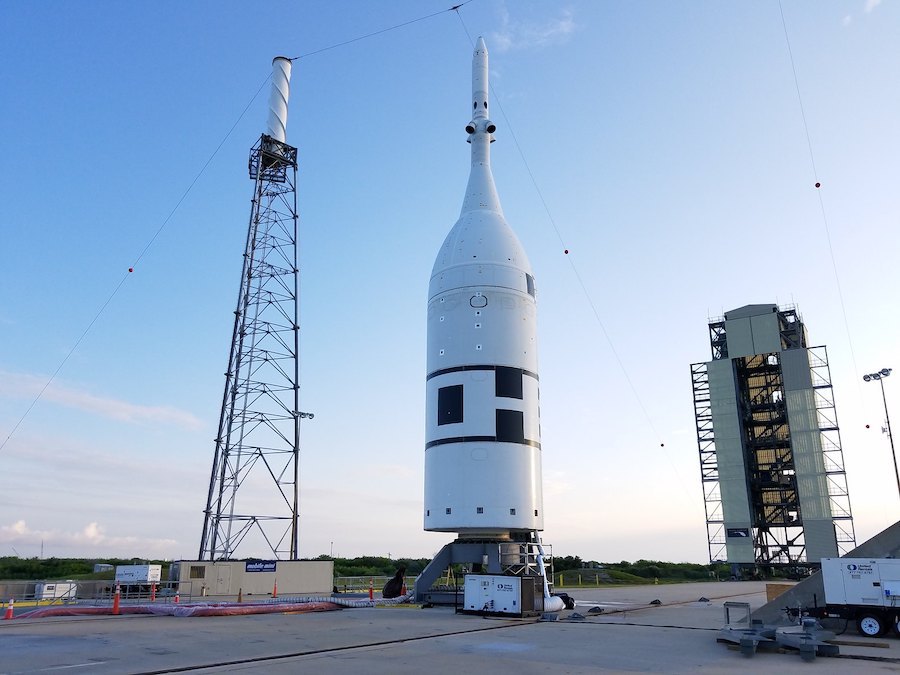
At 10,000 m Orion’s abort system fired its own rockets to pull the capsule away from the booster, demonstrating its ability to swiftly remove the astronauts to a safe distance from any potential danger. This latest test clearly shows that the Orion capsule and its support systems are ready for their first mission. Now all we need is for the SLS to be completed in order to get the Orion into space and beyond Earth orbit.
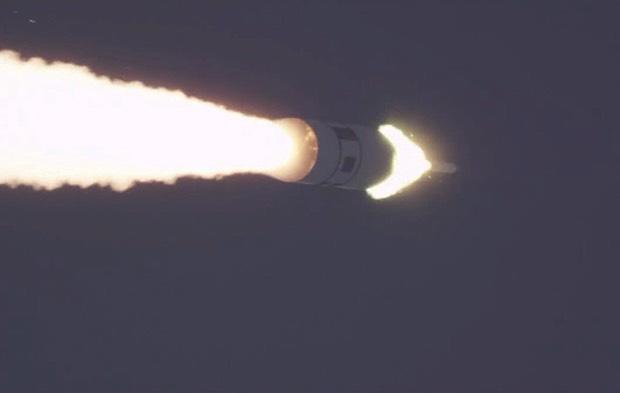
As usual Space X is also making news. Thanks to their reusable Falcon 9 rocket the Hawthorne California based commercial launch corporation is swiftly coming to dominate the business of putting satellites and cargo into Low Earth Orbit (LOE). This month however it’s their Falcon Heavy rocket that’s pushing the envelope. On the 25th of June Space X successfully launched its Falcon Heavy rocket for the third time placing an incredible 24 separate satellites into Low Earth Orbit (LOE).

This latest mission again demonstrated the ability of Space X to recover and reuse its first stage boosters with the two side boosters of the Falcon heavy returning safely to Cape Canaveral. In addition, for the first time ever the nosecone fairing, used to protect the cargo during the launch, was successfully caught in a net aboard a recovery ship, ready to be reused as well.
Unfortunately the Falcon Heavy’s central booster missed its recovery ship, exploding in the water nearby. However this launch required the central booster to attempt the longest, 1,200 km downrange, landing yet by Space X so a safe landing was considered to be a 50 / 50 shot at best.
There is also some bad news for Space X however. The tentative date for the first manned launch of their Dragon capsule has been pushed back into November and is likely to be even further delayed. After a successful unmanned test of their Crewed Dragon Capsule back in April there had been hopes that a manned mission could occur as early as this month or August. Unfortunately a later static test of the capsule’s abort system produced an ‘anomaly’, in other words an explosion, which led to this latest delay. This is yet another setback for NASA’s commercial crew program and leaves the space agency dependent for a little while longer on the Russian Soyuz space vehicle for getting American astronauts to and from the International Space Station.

As I mentioned above Space X is grabbing an ever larger share of the space launch industry, which if you think about it means that somebody has to be losing their share of the market. One of the organizations that are falling behind is the European Space Agency (ESA) whose Arian 5 rocket was just five years ago arguably the most popular vehicle for putting a commercial satellite into orbit. The reduction in cost that the reusability of the Falcon 9 rocket provides however, has made the Arian 5 effectively obsolete so now the ESA is rapidly trying to play catch up to the American firm.
Therefore the ESA is looking into developing a reusable rocket of its own in order to compete with Space X and regain some of their lost market. The space agency has recently announced that five million euros have been provided to the German space agency, DLR to perform an initial design study of such a rocket which has been given the tentative name of Callisto.
Going by the stated goals of the project the result of the study is certain to be a virtual copy of the Falcon 9. In fact the Europeans are quite open about it. “We are convinced that it is absolutely necessary to investigate Retro Propulsion Assisted Landing Technologies,” that’s the formal name of the landing technique used by the Falcon 9, “to make re-usability state-of-the-art in Europe.”
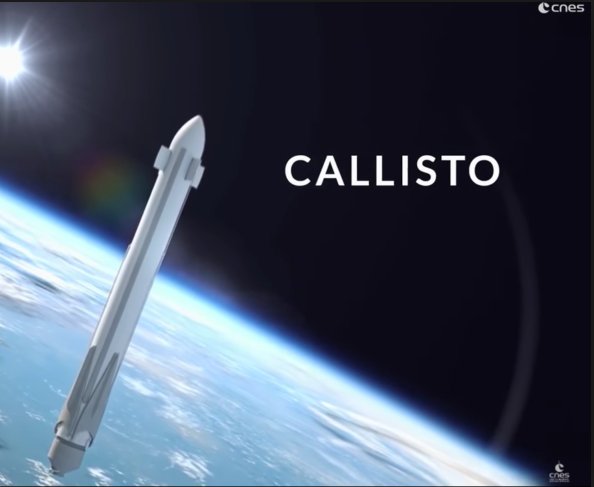
For my last story this month I’ll discuss something a bit more long range, and a lot further from planet Earth. On the 22nd of June NASA announced a new mission that will be a part of their New Frontiers program. The chosen mission is to send a robotic aerial drone that will fly in the dense atmosphere of Saturn’s moon Titan.
To say that this mission, which has been named ‘Dragonfly’, will be ambitious is putting it mildly; there are a large number of engineering difficulties to be overcome. The surface gravity of Titan is only one quarter that of Earth however, and the moon’s atmosphere is fully 50% denser than Earth’s so the idea of a flying probe seems quite feasible.

As I see it there are two big problems to overcome, power and communications. Power is a problem because Titan is so far from the Sun that any kind of solar power is useless. All of our probes beyond Jupiter so far have been powered by Radioisotope Thermoelectric Generators (RTGs) and NASA plans on during the same for Dragonfly. Nevertheless flying takes a lot of energy so there will undoubtedly be a considerable amount of time spent on the ground recharging Dragonfly’s batteries between flights.
Communications will be a tougher problem to deal with because of a very simple fact: at its closest Titan is more than a light-hour’s distance from Earth. This means that if the drone encounters violent, buffeting winds or some other unexpected problem while its flying the controllers back on Earth won’t even know that it’s happening for at least an hour. And then any instructions sent to the probe will take an equal amount of time to get back to it. By that time the emergency would probably be over, or the probe may have crashed and been destroyed!
Probably the only way around this problem will be for the probe to have the most sophisticated computer Artificial Intelligence (AI) ever installed on a space probe. Such a computer will be essential in order to enable the space probe to handle whatever Titan throws at it, without human instruction or control.
Expected to launch in 2026 and reach Titan in 2034 Dragonfly is the sort of deep space mission that would have been considered impossible just a few years ago. The space agency’s recent successes with its Mars rovers and space probes to Jupiter along with asteroids and comets have given NASA the skills, and the confidence to even tackle flying on Titan!

